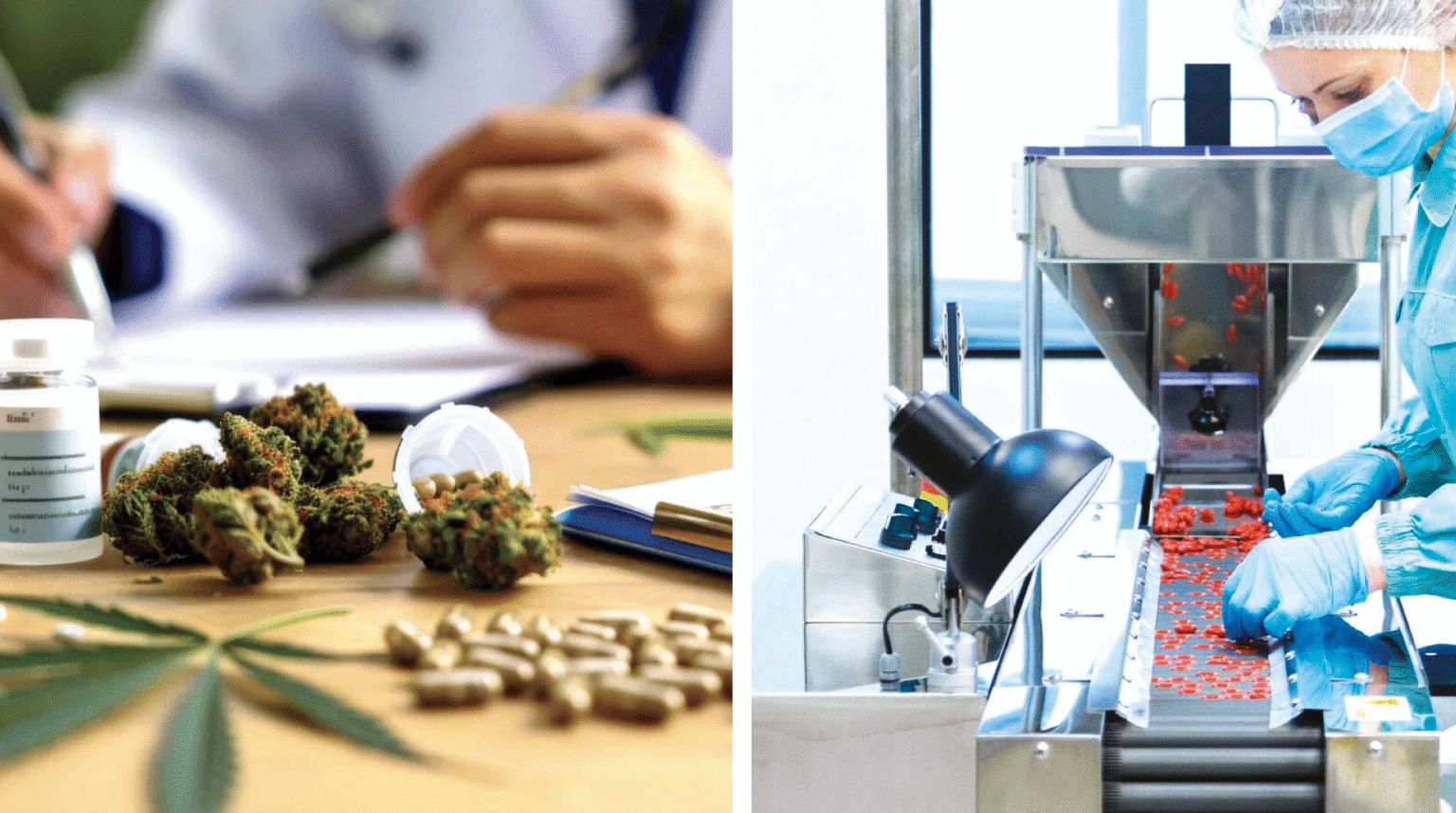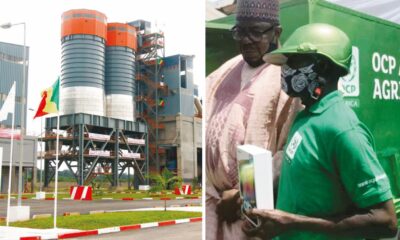Influences
Pharmaceuticals: Niches, Opportunities… and Potential
The two listed companies in the sector, Sothema and Promopharm, capitalize on the development of the national healthcare system and the growth in drug consumption. Therapeutic cannabis represents a promising market that should boost activity.

The pharmaceutical sector maintains a continuous growth trajectory driven by several factors, notably the universal social coverage extended to all Moroccans, demographic growth with an aging population, and the removal of the 7% VAT on medicines since January 1, 2024.
Adding to these three elements the government’s effort to lower prices on several drugs, consumption could multiply by 4 or 5, according to a report by the Policy Center for The New South.
The two listed pharmaceutical companies, Sothema and Promopharm, ride this wave with notable achievements.
Sothema’s activity generated revenue of 2.6 billion dirhams in 2024, up 12% compared to 2023. Revenues from manufacturing and packaging grew by 10% and represent 58% of total revenue.
Meanwhile, sales of finished products, a smaller part of the activity, increased by 18%. Sothema continues its policy of enriching its portfolio, aimed at meeting national public health needs, with 21 marketing authorizations (MA) obtained compared to 15 in 2023.
It filed 20 new MA requests. The group’s net income reached 315 million dirhams, up 19.8% year-on-year.
Cannabis, a new outlet
Medical cannabis is an additional development niche for the operator. Currently, 20 molecules are under development, including an innovative cannabis-based treatment for therapeutic epilepsy, in partnership with the University Hospital of Tangier.
Other products are also under study in multiple sclerosis and palliative care. Industrially, Sothema will start producing injectable carpules in Morocco and launch anticancer drug manufacturing at Axess Pharma.
Besides this, Sothema is diversifying and exporting. The Minister of Industry and Trade, Ryad Mezzour, emphasized at the Moroccan Federation of Pharmaceutical Industry and Innovation Forum the need to strengthen the pharmaceutical industry’s international presence.
He stated that “it must go beyond the domestic market, aiming for 40 to 70% of revenue from exports.” Accordingly, the industrial group is present in Ivory Coast and Saudi Arabia through representative offices and has created an industrial subsidiary in Senegal.
It also positioned itself in Iraq via collaboration with the Ministry of Health, resulting in a first morphine supply contract and registration of 25 new products.
In total, its products are exported to 16 countries, mainly in Africa and the Middle East. However, export revenue is only 236 million dirhams, representing 9% of total revenue, a level similar to the average exports of national pharmaceutical production.
Different trajectories on the stock market
Its direct competitor Promopharm, much more discreet in financial communication, is as active as Sothema in launching new products.
In 2024, the company obtained six new MAs and launched five new strategic products. This allowed its revenue to grow by 11.6% to 898.7 million dirhams, with sales up 9.8%. Promopharm gained 10 basis points of market share, reaching 3.8%.
This performance did not translate into net profit, which fell 3% to 55 million dirhams. Top management attributes this to high R&D expenses to add new products to the pipeline and increased costs from starting new manufacturing units for new drugs.
Additionally, exceptional provisions were made related to CNSS audits and the risk of VAT credit recovery.
On the stock market, Sothema’s annual performance reached 67% at 1,545 dirhams per share, while Promopharm rose 21% to 1,149 dirhams. However, Promopharm’s price-earnings ratio is much more attractive at 12x versus 29x for Sothema.
The dividend yield is also higher for Promopharm at 2.6% compared to 1.8% for Sothema.
Growth momentum continues
Although these companies’ achievements follow an upward trend, growth potential remains very high given the ongoing developments in the healthcare system. After phosphates, the pharmaceutical industry is Morocco’s second-largest chemical activity.
It is also one of the most dynamic pharmaceutical sectors in Africa, ranking second on the continent in production (after South Africa) and fifth in the MENA region, currently meeting 80% of the Kingdom’s drug needs.













